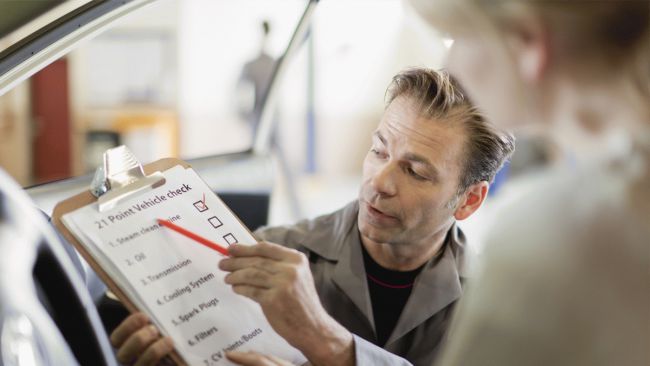
Pre-owned cars have always been in great demand with buyers who are seeking for the slightest chance to save money or simply can’t afford buying a new vehicle. But many amateurs are not able to proceed with a thorough inspection, which is an essential factor for those who want to avoid any problems in future. This is due to lack of experience though practically any fault is rather easy to be spotted with a naked eye.
How To Inspect A Used Car Before Buying
The procedure is not as hard as it can seem from the first sight. You need to consider several key factors that will help you to determine any faults and damages that could take place in the past. You can also benefit from a special used car inspection service. Let’s divide those factors into separate groups.
Exterior
The first and foremost thing is to have a thorough examination of vehicle’s body. Pay attention that paint should have the same shade all over the auto. If you see any difference, the car is likely to be damaged and restored.
Different gaps between panels are also the evidence of the fact that car has already been repaired at least once. Note that car is supposed to return smoothly after you press it at different corners and spots. Don’t forget to check the car on bubbling paintwork that is a proven indicator of rust. VIN check tool will also appear to be rather handy as well as various other sources of information including used car inspection checklist.
Look Under the Bonnet
First of all, you need to check with VIN number. It should coincide with the code determined in the logbook. If the engine was damaged, you will probably notice the trails of water and oil leaks. If any of such detected, you should clean them thoroughly. Leaking parts should be replaced with new ones in case of necessity. Complete the visual inspection of the engine’s top and check the level of fluids as well as battery terminals. You can order used auto inspection services and they will do the work for you.
Inside The Cabin
Check the odometer on the mileage that must be consistent to vehicle’s documents. Seats wear also calls for additional inspection. The main idea is to make sure that everything inside the car works in a proper way and in accordance with VIN number.
Documents
The last but not the least is to check with all vehicle’s documents starting from the address of the previous owner to logbook, service history MOT, certificates, mileage and more. All buyers are recommended checking with original papers only in order to avoid any kind of forgeries and unfair treating.






